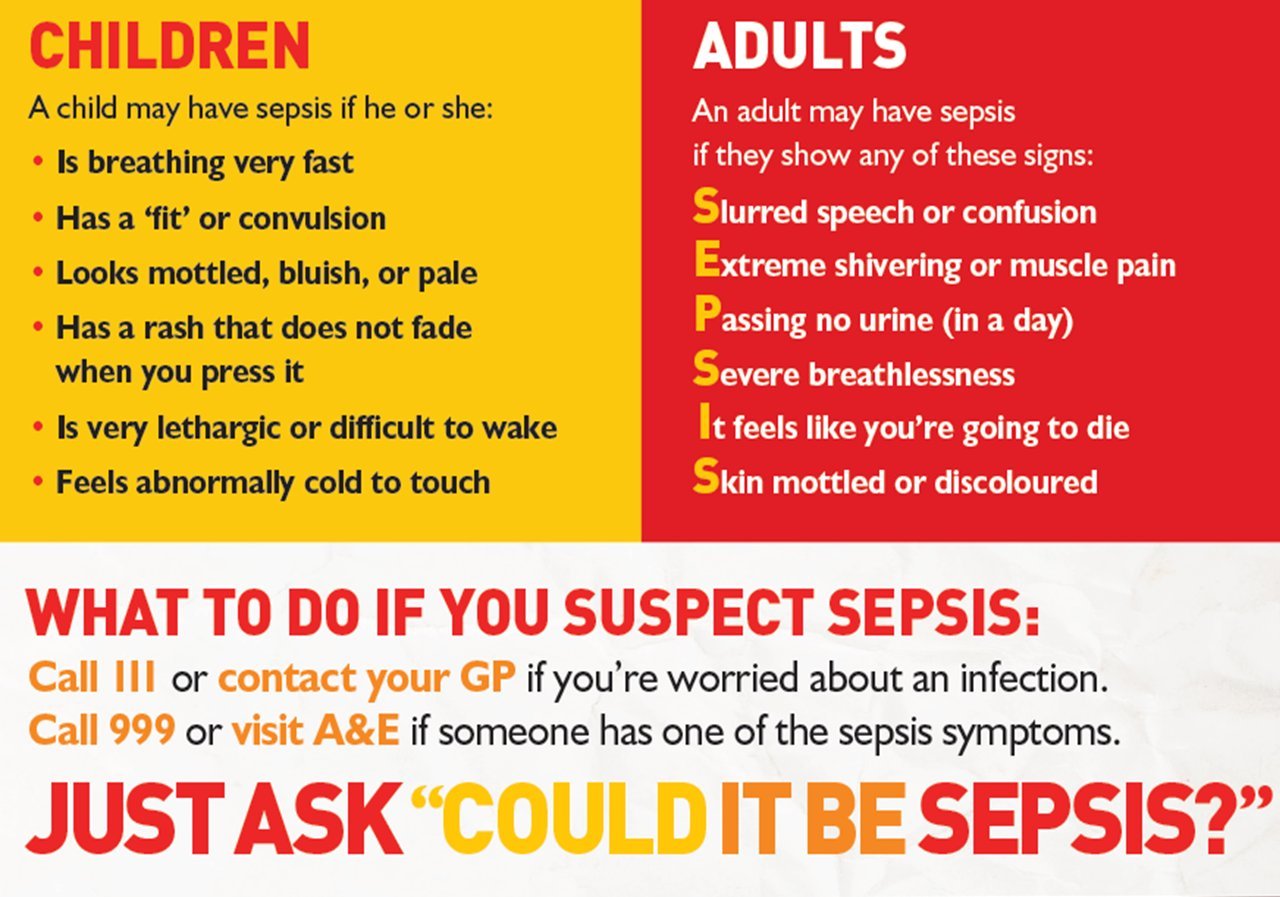How Sepsis Training Helped a Care Home Get a 20-Minute Ambulance Response
At NR Medical Training, we believe that great training isn’t just about ticking boxes. It’s about giving care teams the tools to act early, act safely, and act with confidence.
One of our care clients recently shared a real story that shows just how powerful that can be.
A Resident Became Unwell — But the Ambulance Wait Was 6 Hours
A care home team had recently completed our course: The Essentials of Sepsis Recognition for Care and Support Staff.
A few weeks later, one of their residents became unwell. The team did what any team would — they called 111. They were told an ambulance would take between 4 to 6 hours.
But instead of waiting, they used the skills from our training.
They took a full set of vital signs, including:
Respiratory rate
Pulse
Blood pressure
Oxygen levels
Level of alertness
Temperature
Then they calculated a NEWS2 score – the tool used across the NHS to detect early signs of deterioration.
The resident scored: 5
In our training, we teach that if a person has a score of 5 or more and they either have — or are at risk of — infection, we must ask:
“Could this be sepsis?”
The care team did just that. They called back and included the NEWS2 score in their escalation.
This prompted a re-triage, and the outcome was immediate:
An ambulance was dispatched, and the team received a blue light emergency response within 20 minutes.
Why This Matters
This wasn’t about skipping a queue. It was about giving 111 the right clinical information to make the right decision — fast.
The care team followed best practice. They didn’t panic or over-escalate. They used the NEWS2 tool exactly as it was designed to be used.
The result? A resident who might have waited 6 hours was seen in 20 minutes.
What the Course Covers
Our Essentials of Sepsis Recognition course is designed specifically for the health and social care sector.
It’s not a general awareness session. It’s a practical, hands-on course that teaches staff to:
Understand what sepsis is and how it develops
Recognise key signs of deterioration
Use and calculate the NEWS2 scoring system
Escalate early and safely
Give accurate information during telephone triage
Know when to ask “Could this be sepsis?”
Act confidently in time-critical situations
We developed this course with clinical input and in partnership with the UK Sepsis Trust, who co-author and endorse the content.
Real Benefits for Residents and the Wider System
This case is one of many. We are now starting to see the impact across multiple care settings.
Here’s what we’re hearing from frontline staff:
✅ Safer telephone triage - Staff know what information matters, so triage systems can make better decisions.
✅ Faster emergency response - Using NEWS2 makes it easier for ambulance control to prioritise the most urgent cases.
✅ Earlier recognition of illness - Spotting deterioration early can stop a mild infection becoming a life-threatening emergency.
✅ Potential hospital avoidance - In some cases, early action might avoid hospital altogether – keeping vulnerable people in their own home.
✅ Better resident outcomes - When staff feel confident, they don’t hesitate to act. That saves lives.
✅ Reduced costs to the NHS - Avoiding critical care admissions, reducing ambulance call-outs, and keeping people out of hospital reduces strain on the system.
Final Thoughts
This isn’t just about sepsis. It’s about giving care staff the knowledge, tools, and confidence to act early — and to speak the same language as the professionals they’re escalating to.
When care staff can explain what they’re seeing using terms like NEWS2, they’re not just reporting a problem — they’re part of the clinical conversation. That helps get faster, safer outcomes for the people they support.
If you work in care, especially with those who are older or at risk of infection, this training could save lives.
We’re proud that our Essentials of Sepsis Recognition course is helping care teams do what they do best — keep people safe.








